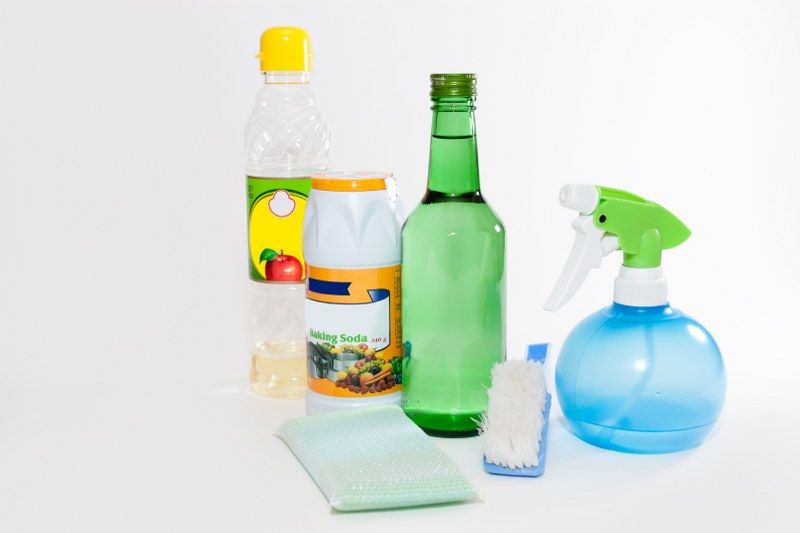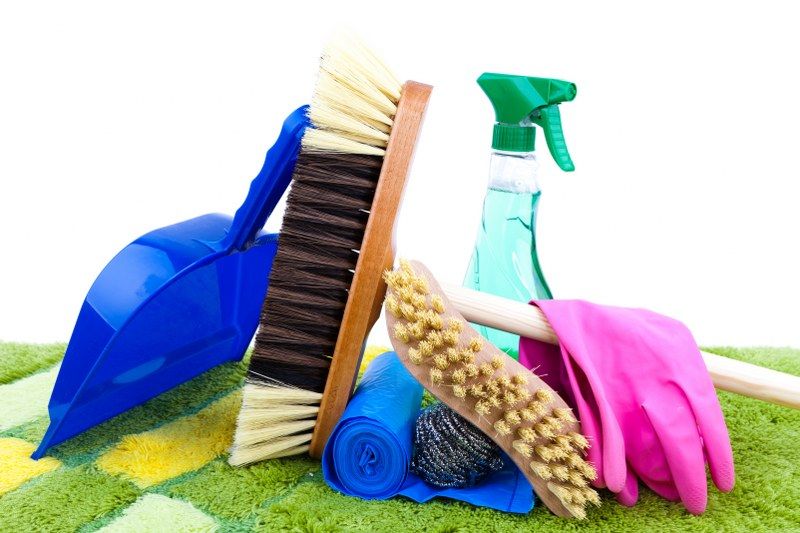5 Ways to Clean Outdoor Furniture the Eco-Friendly Way
Posted on 31/07/2018
How To Clean Outdoor Furniture
Position in dry, well-ventilated and lit environment to prevent mould
Preventing the build-up of mould, mildew and water damage to your outdoor furniture in the first place goes a long way towards prolonging its useful life. When damage occurs to household furnishings from mould and mildew, outside furniture is often forgotten, particularly when thinking of upholstery cleaning - including by many hired house cleaners. Start by keeping the furniture stored inside in the winter to prevent ice damage and cracking as well as staving off mould build-up. This is especially needed for any soft furnishings like parasols or cushions. Mould loves to grow in dark, moisture-rich conditions so having both hard and soft furnishings in the areas where there is most sunlight goes a long way towards staving it off. Keep benches under waterproof coverings and where in structures like conservatories, sheds or glass buildings, keep well ventilated. Think about the type of materials you would want your furniture to be made of. Teak is naturally oil based, so highly water resistant, and good quality synthetic rattan garden furniture is very resistant to mould.
Power Washer
This is another way to avoid using harsh or toxic chemicals to solve the spoiling of outdoor furniture. It’s not just for patio cleaning. If you have, or can borrow, a high-pressure washer or hose, short bursts of water are not too wasteful and use less water than some scrubbing methods - but are highly effective for removing algae and mould from hard furniture without causing too much damage. If your furniture has soft upholstery sewn in, attach a low-pressure nozzle at 25- or 45- degree angles, and start by moving the water stream from the top down. If necessary, use a bristle brush to clean any leftover stubborn stains by hand, and leave out to dry over 24 hours. Iron furniture should be able to easily be treated with higher pressure water streams and should require no spot cleans by hand. If you cannot handle the job on your own, just hire professional patio cleaners and they will clean your patio in a quick and efficient manner.
Soapy Water
You don’t need harsh cleaners for the majority of the routine aspects of home cleaning. Soapy water or washing liquid can be a versatile solution for most house cleaning issues, including carpet cleaning, and even outdoor cleaning. Timber is particularly susceptible to mould growth in the wet British climate, where even the summer can have regular wet spells. Mix 3 parts warm water to 1 part household washing-up liquid. Then apply using a soft cloth which has been thoroughly soaked in the solution, then wrung out so that there is no drippage from the cloth. Run the cloth firmly over the surface of the affected furniture and work in small patches at a time. This is a more time-consuming method but is gentle and suitable for all furniture types. It also allows for a thorough and eco-friendly alternative to bleach for tackling mould. Once you have removed the mould from each patch, follow up by wiping with another clean cloth that has only been wrung in warm water – no soap or washing liquid. This will prevent the washing up liquid from the solution from staining the furniture. Wipe with a completely dry cloth and allow to dry thoroughly.
Vinegar and Baking Soda
This is particularly handy as a cheap solution to cleaning stains, mould and other build-up from parasols and outdoor umbrellas. Sometimes, it’s not always practical to bring these inside from the rainy outdoors. They are also large, so are hard to immerse in water fully to clean. If you don’t own a steamer, then a bucket of water and some vinegar and baking soda - along with some optional extras - are highly effective at removing mould and dirt from the fabric, and calcification from the metal structures. The baking soda and vinegar will react to lift the mould and dirt from the cloth fibres, while some salt can be added as a gentle abrasive applied in circular motions. Lemon juice can power through greasy stains and add a pleasing aroma. Remember to rinse with water and dry thoroughly.
Simple hard brush and water
Algae is mostly a problem for benches, synthetic rattan furniture left outside, and other hard surface outdoor furniture. Have a hard bristled brush and a softer bristled brush to hand and rinse with warm water. This is most useful for hard wood and metal furniture. So, remember to add your outdoor spaces to your end of tenancy cleaning checklist. It is worth the surprisingly little effort it can take to maintain outdoor seating and tables, provided they are regularly maintained before mould or mildew are allowed to settle in for too long.





